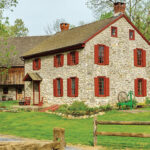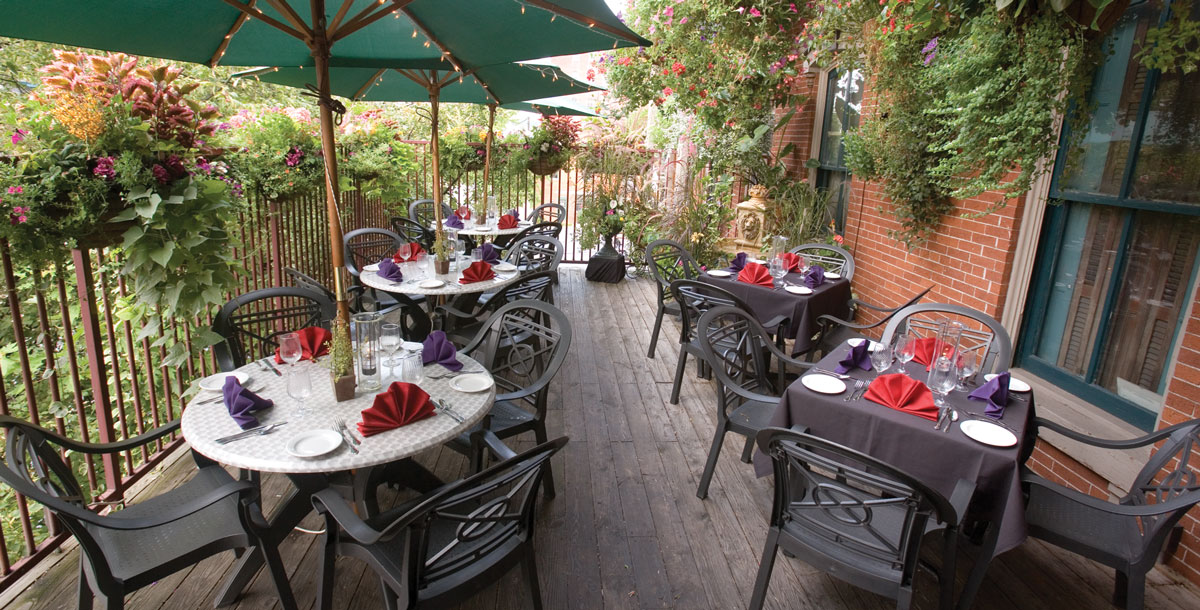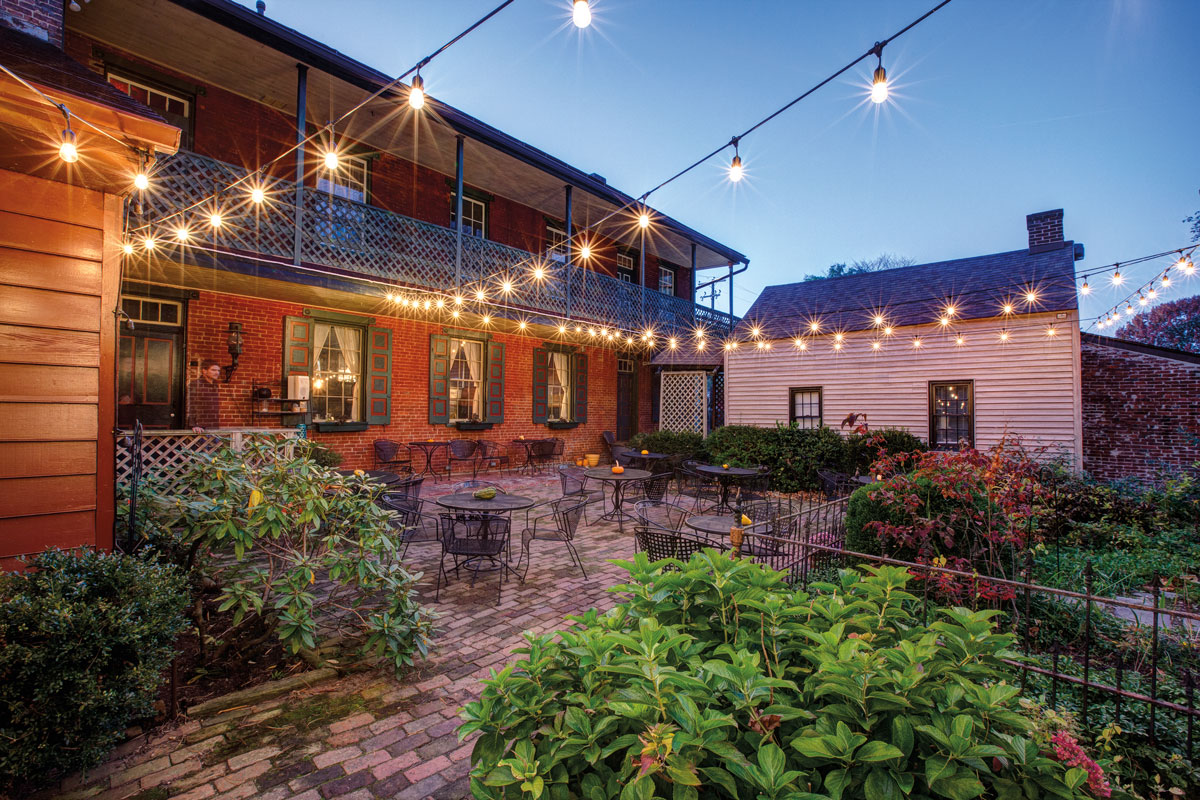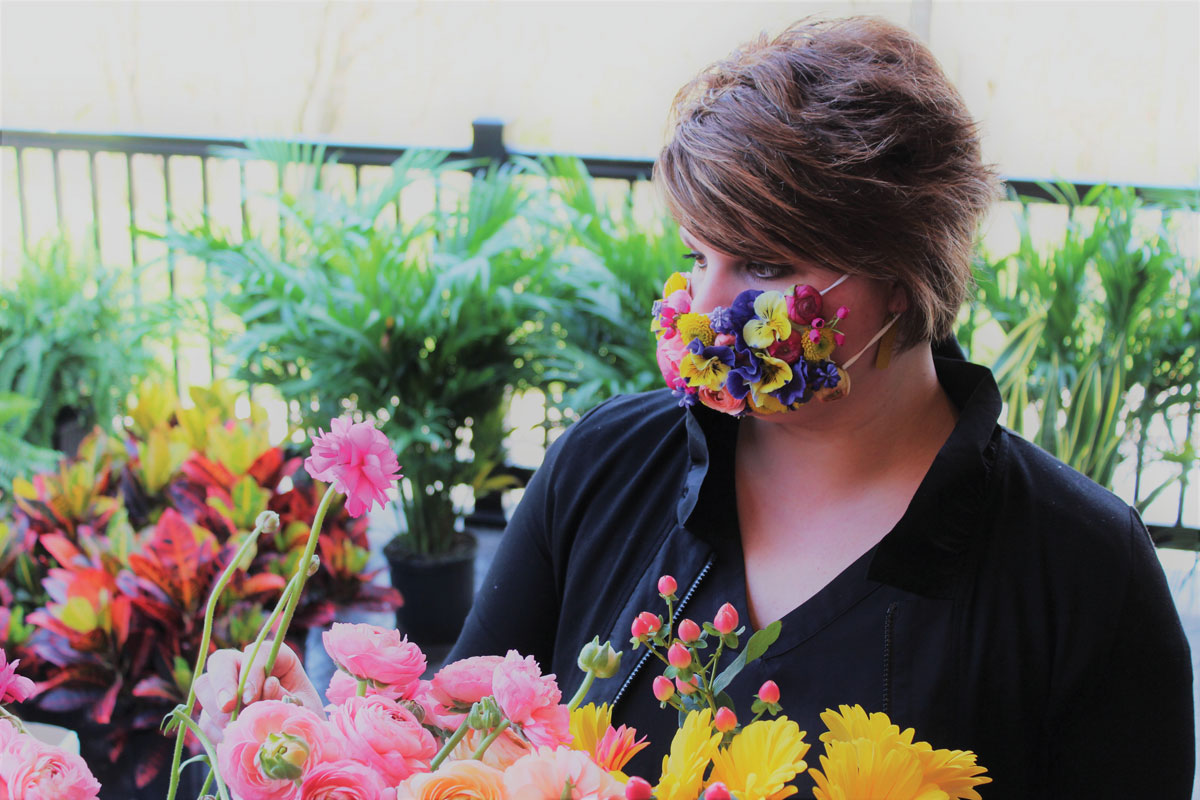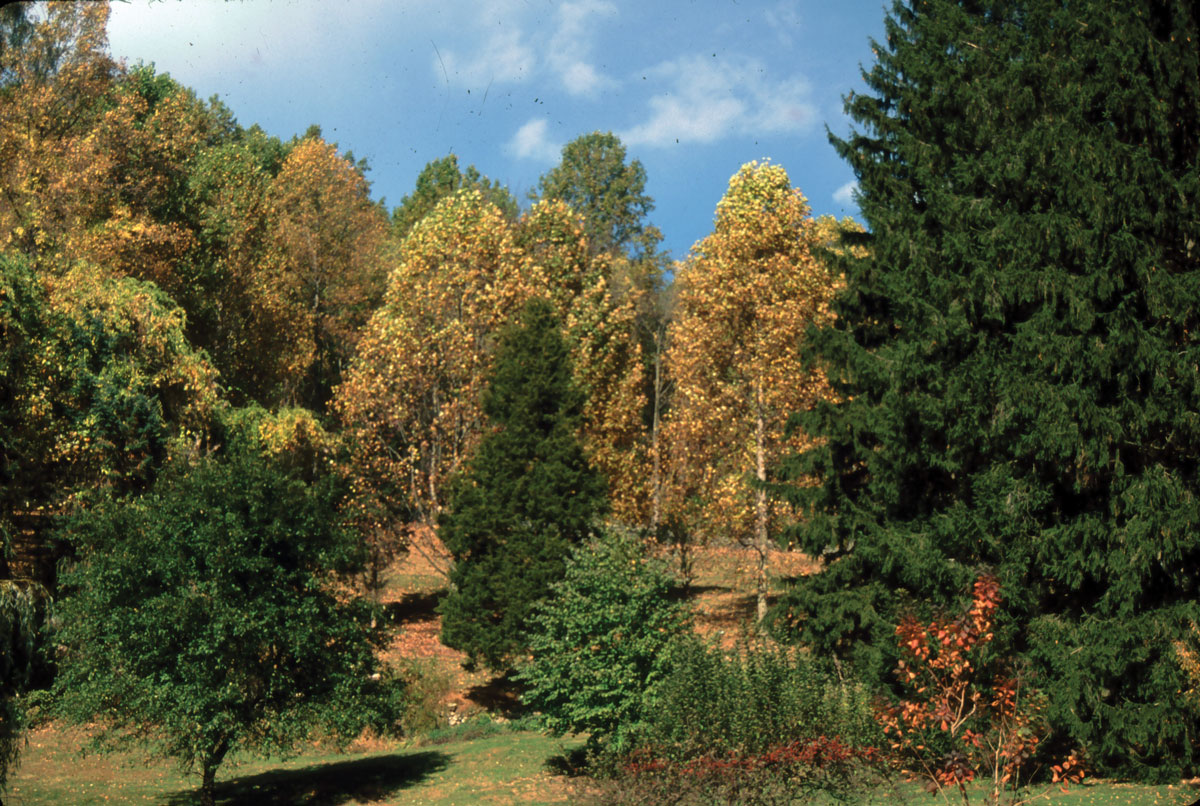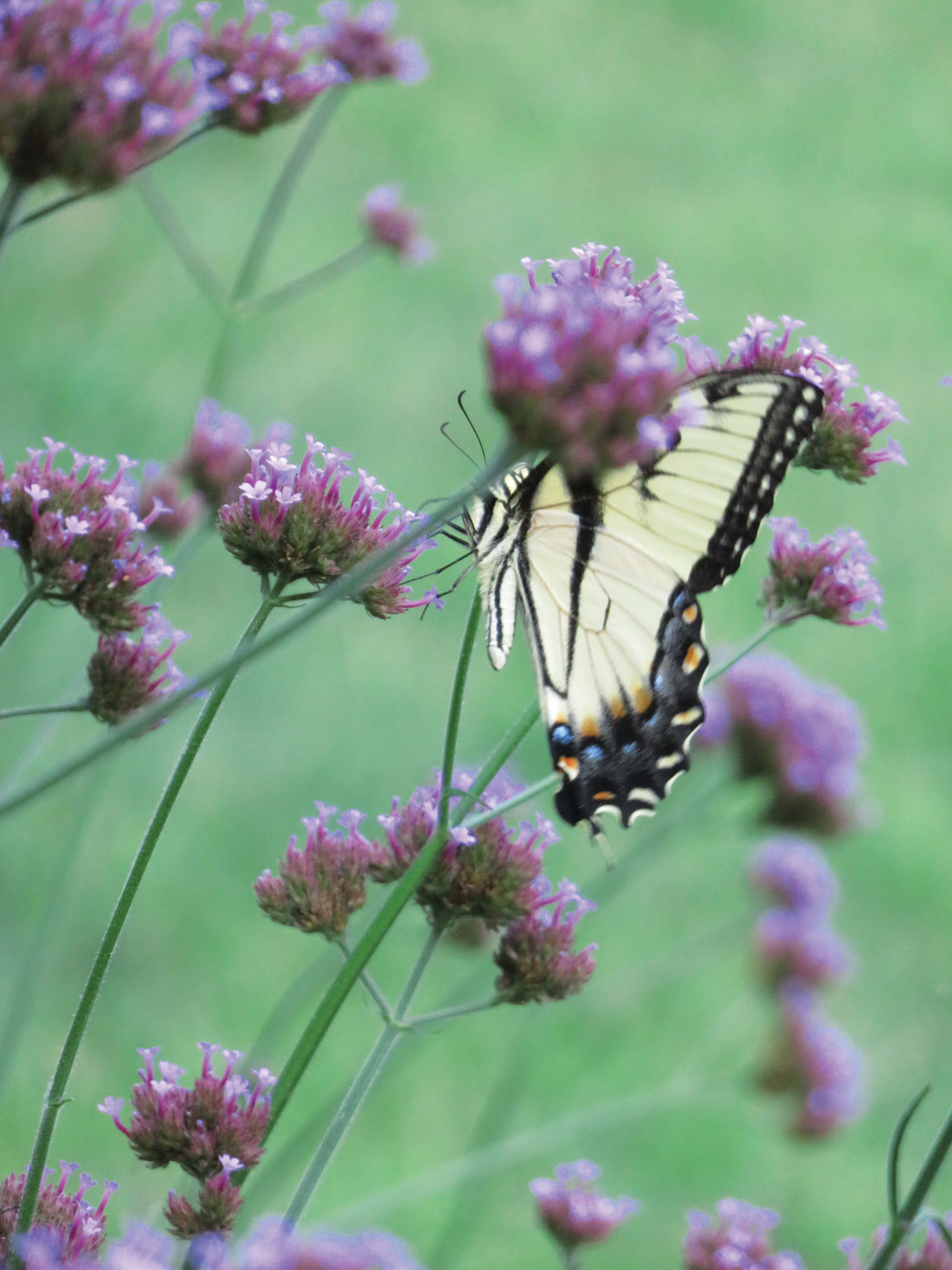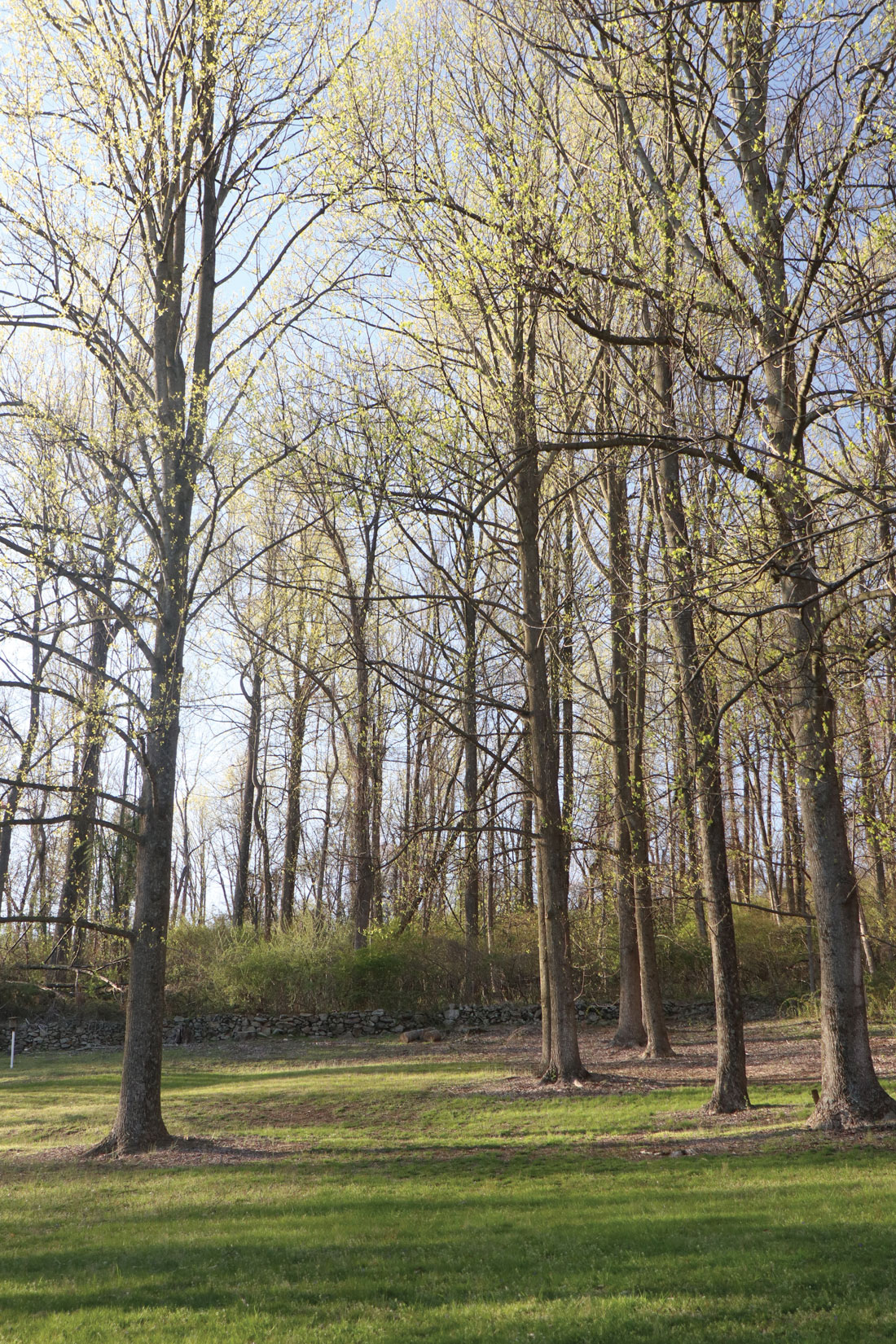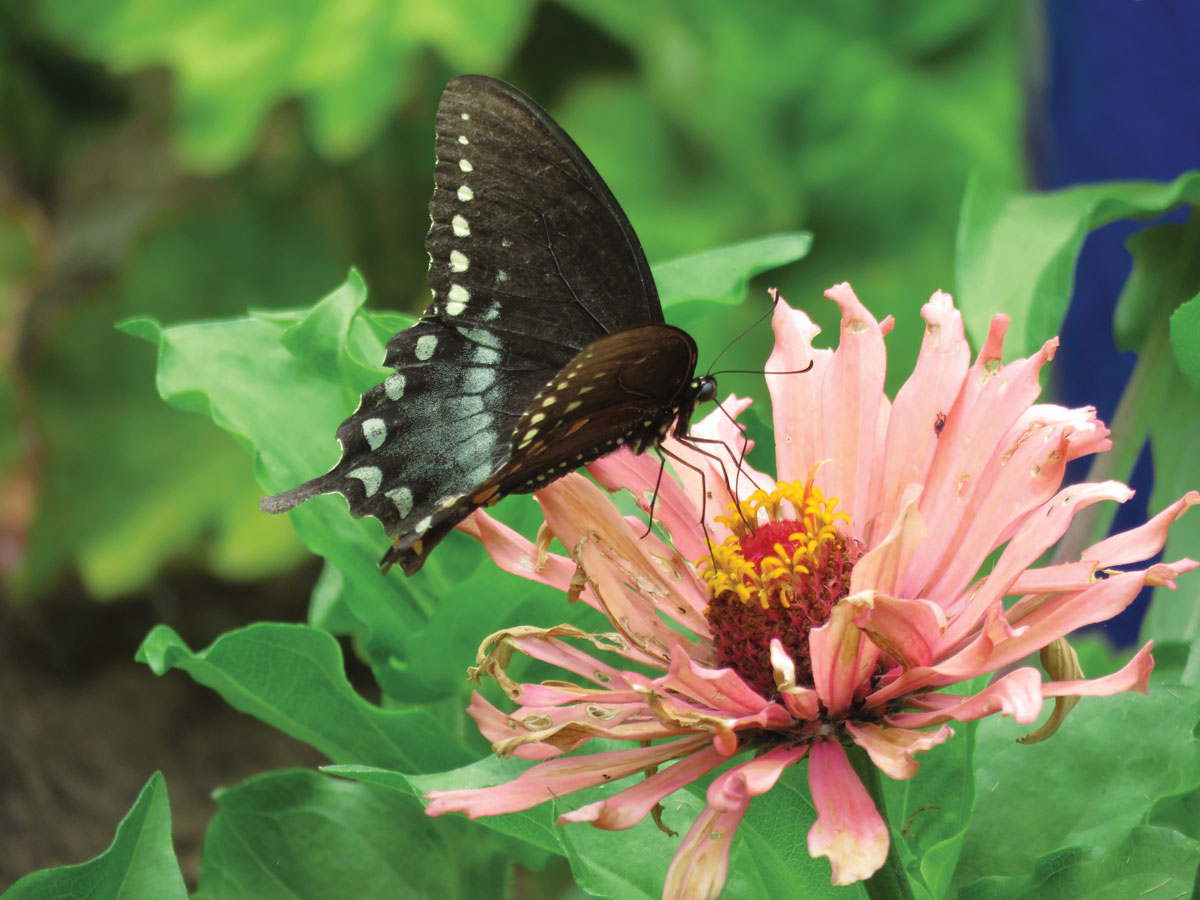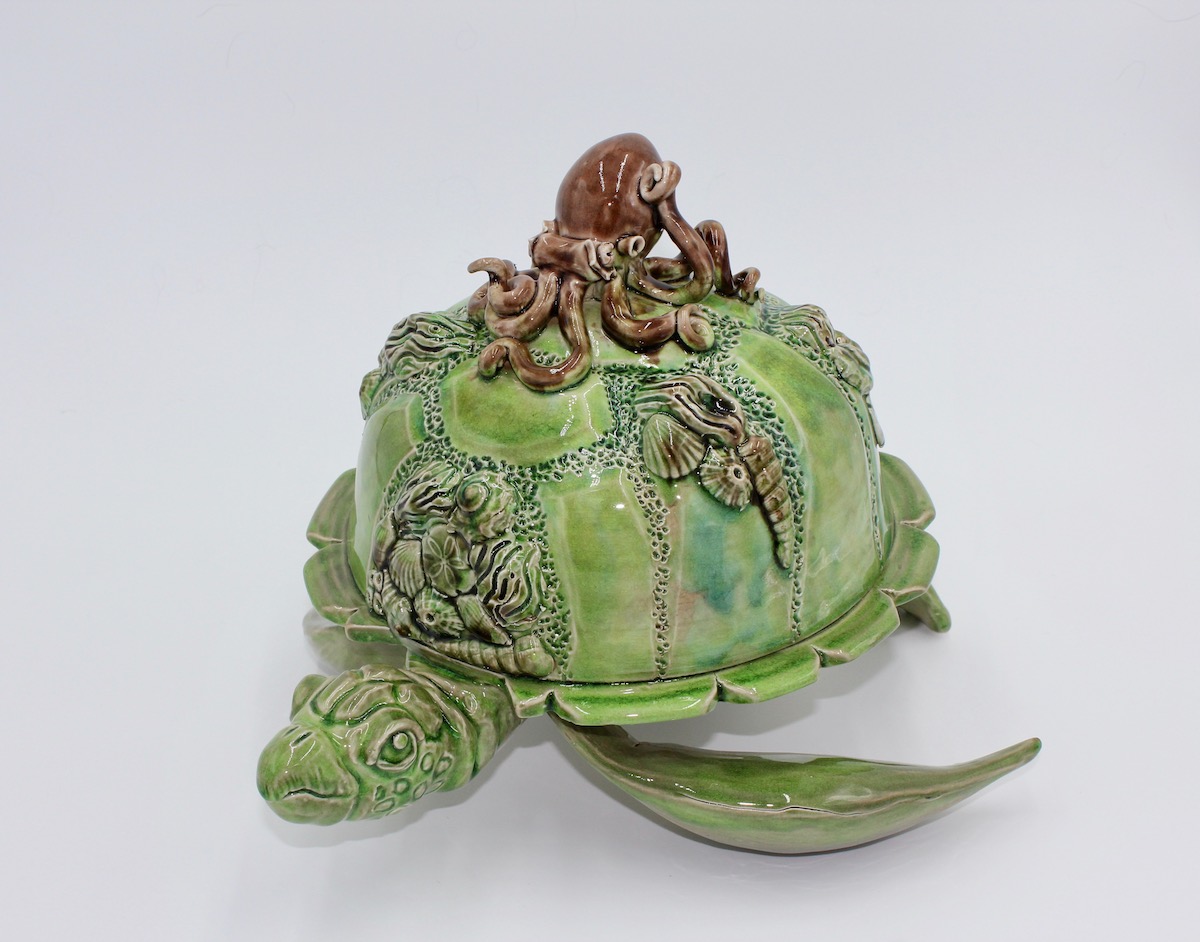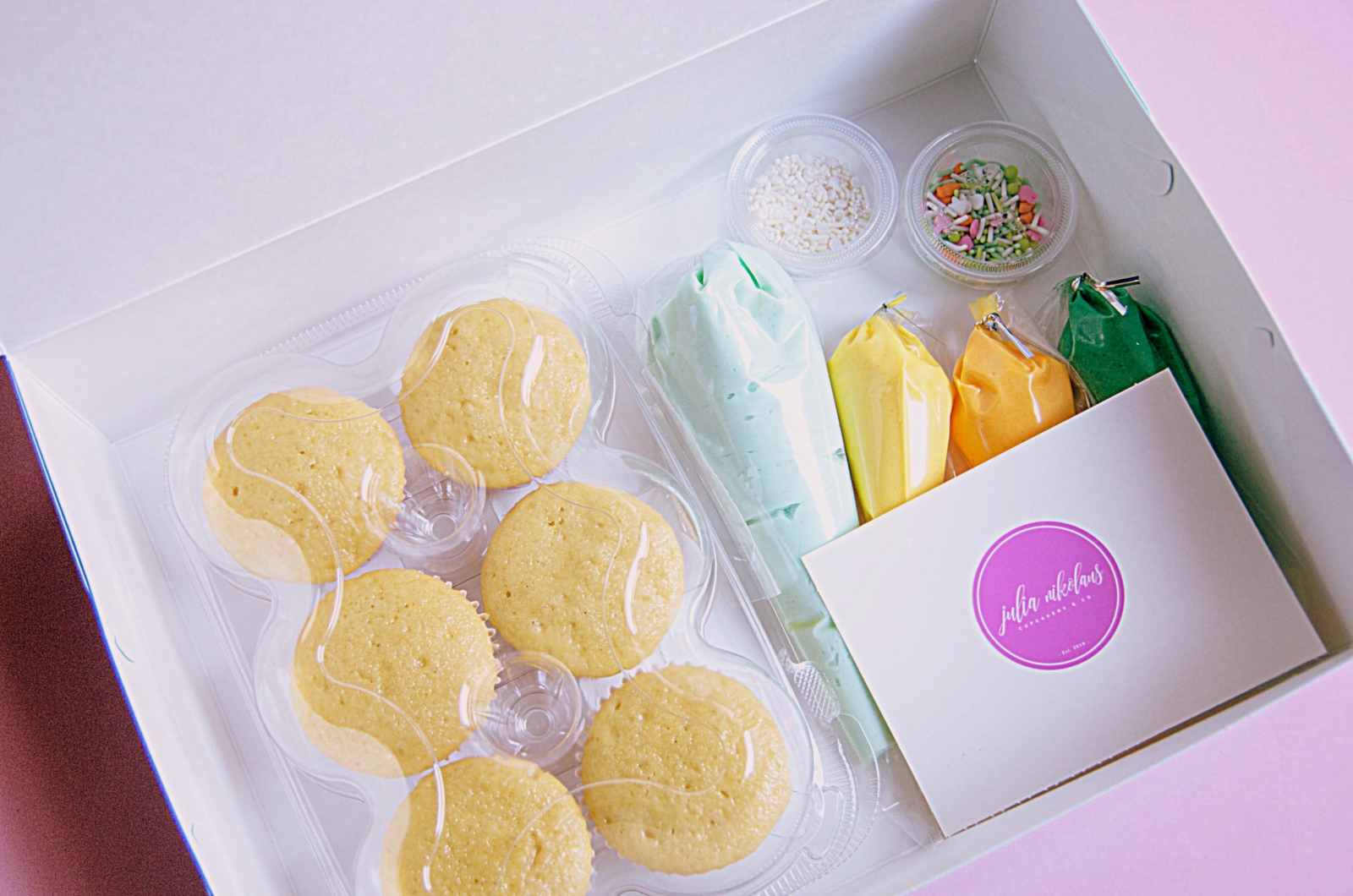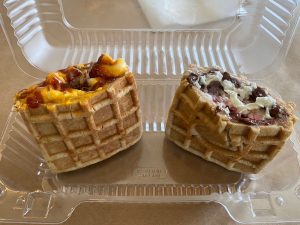After being cooped up for months, I have a feeling people are going to want to spend the summer outdoors. That will probably hold true with dining out. Fortunately, Lancaster County is home to a wide variety of restaurants that provide outdoor dining areas. What follows are some restaurants to consider, each of which has its own unique atmosphere!
Due to the uncertainty surrounding the coronavirus, we’d suggest you visit restaurant websites/social media for updates on hours/service, etc.
Annie Bailey’s Irish Public House
Annie Bailey’s expansive deck has its own bar, plus a fireplace. A number of patio tables are placed under a large L-shaped pergola. Potted plants and ivy-covered latticework provide the feeling of being in a secret garden rather than the heart of downtown Lancaster. 28-30 E. King St., Lancaster. Anniebaileys.com.
Isaac’s Brewhouse
Last October, it was announced Isaac’s would be unveiling a brewhouse at its downtown location in spring 2020. While the coronavirus put a damper on the target date, hopefully you’ll soon be able to pair your favorite sandwich with a craft beer and kick back at the restaurant’s outdoor dining area, which is reminiscent of sidewalk cafés in larger metropolitan areas. 25 N. Queen St., Lancaster. Isaacsrestaurants.com.
The Pressroom Restaurant and Bar
Located in the heart of downtown, The Pressroom offers seasonal dining in its Park Bar. Here, you’ll find patio tables and chairs set amidst the beauty of Steinman Park. The brick patio is accented by landscaping; a waterfall plunges into a fountain at the rear. 26-28 W. King St., Lancaster. Pressroomrestaurant.com.
Belvedere Inn
**As of June 18, Belvedere Inn is closed until further notice.** Outdoor dining is available on a second-floor deck, where lush plants and soft lighting enhance the ambiance of this cozy space. 402 N. Queen St., Lancaster. Belvederelancaster.com.
The Greenfield Restaurant & Bar
The restaurant’s brick-lined, pergola-like patio is the perfect setting for lunch, Sunday brunch, dinner or cocktails. Large containers and hanging baskets overflowing with flowering plants and greenery define the space, while gauzy curtains and colorful table linens add a sense of casual elegance. 595 Greenfield Rd., Lancaster. Thegreenfieldrestaurant.com.
Mick’s All American Pub
Two of Mick’s locations feature outdoor dining. There’s a patio at the restaurant’s Manheim/Mount Joy location (2201 Strickler Rd., Manheim), while the Willow Street location (2428 Willow Street Pike, Lancaster) features a large patio (with TV) overlooking a picturesque pond. Micksallamericanpub.com.
Funck’s Restaurant & Bar
Funck’s patio features fire pits, landscaping, gas-fed tiki lights and comfy patio tables and chairs shaded by umbrellas. The bar/dining area that adjoins the patio features roll-up doors to offer indoor/outdoor dining flexibility. 365 W. Main St., Leola. Funcks.com.
The Stockyard Inn
The inn’s wrap-around porch features hanging baskets and planters filled with brightly colored plants; lights entwined around grapevines are suspended from the ceiling. The inviting atmosphere is perfect for enjoying dinner, light fare and cocktails on a summer evening. 1147 Lititz Pike, Lancaster. Stockyardinn.com.
Tobias S. Frogg
Visiting Tobias S. Frogg is like spending a few hours in the Florida Keys. Pull up a chair on the patio, in the sand, in front of a waterfall or under thatched palapas. There’s also a casual seating area for socializing. 1766 Columbia Ave., Lancaster. Tobiasfrogg.com.
The Log Cabin Restaurant
A trip through a covered bridge and the Lehoy Forest sets the stage for outdoor dining. The Log Cabin’s tree-shaded, brick-lined patio is furnished with wrought-iron tables (topped with bright-red umbrellas) and chairs. The view takes in colorful gardens and majestic trees. 11 Lehoy Forest Dr., Leola. Logcabin1933.com.
Loxley’s Restaurant
For a fun, fanciful, outdoor dining experience, head for Loxley’s. Tables can be found on the patio, in tree-house-like structures or the upper open-air deck. The koi pond at the entrance is spectacular. Heritage Hotel-Lancaster, 500 Centerville Rd., Lancaster. Heritagelancaster.com.
Black Knights Tavern & Grill
The outdoor area features a bar and seating both on a brick patio and under a pergola. Festive lights are strung across the area. 335 Main St., Landisville. Bktavern.com.
Fiorentino’s Flight Deck
Enjoy the runway view at Fiorentino’s outdoor dining venue, the Flight Deck. There’s an outdoor bar and hi-top seating under cover. Giant sails provide shade for outdoor tables, while a fire pit provides warmth and ambiance. 500 Airport Rd., Lititz. Fiorentinos.com.
The Sutter
The Patio at The Sutter offers outdoor dining in a relaxed atmosphere. The tree-shaded space features a canopied bar and patio tables with umbrellas. Landscaping and the historic swan fountain add to the ambiance of one of Lancaster’s original outdoor-dining spaces. 14 E. Main St., Lititz. Atthesutter.com.
The Cat’s Meow
With a Roaring 20’s-themed décor and menu, it follows that the outdoor dining area should have a similar concept. Capone Alley offers bar seating as well as tables. A playful fountain and container gardens add to the ambiance. 215 S. Charlotte St., Manheim. Thecatsmeowmanheim.com.
Bube’s Biergarten
Part of the Bube’s Brewery complex, this outdoor dining spot features lush landscaping and shade trees with a bit of Bube’s history mixed in – the original boiler and smokestack used to create the steam power that ran the brewery can be found in the center of the German-style biergarten. 102 N. Market St., Mount Joy. Bubesbrewery.com.
T.J. Rockwell’s
A visit to Rockwell’s is like a day at the beach. The deck is massive and is decorated with surfboards, boats, colorful lights and other beach-related memorabilia. A bar with a palm-thatched roof also provides seating. 800 Mount Gretna Rd., Elizabethtown. Tjrockwells.com.
Whisk Café
The café’s outdoor dining area features tables on a charming patio outside the main door. Bring your four-legged friends along, too. 98 Masonic Drive, Suite 102 (the Sycamore Square Marketplace), Elizabethtown. Thewhiskcafe.com.
McCleary’s Public House
McCleary’s features an enclosed patio that’s available year round, as well as a seasonal outdoor area. The light-filled patio has its own bar, fireplace and stage for live music, while the outdoor area has a fun, beachy feel – tables and casual seating fill a boardwalk-style patio, plus there’s a sand-filled area for games such as cornhole. 130 W. Front St., Marietta. Mcclearyspub.com.
Shank’s Tavern
**As of June 18, Shank’s Tavern is not yet open.** This historic tavern, which was built by a riverboat captain in 1814, has been a family-owned business since 1930. Its neighborhood atmosphere extends to the garden-like patio. 36 S. Waterford Ave., Marietta. Shankstavern.com.
Railroad House Inn
**As of June 18, the Railroad House Inn is not yet open.** Another historic riverside property, the inn’s patio – made of recycled bricks – is enclosed by a wrought-iron fence and gardens. Strings of overhead lights make evening dining a festive experience. 280 W. Front St., Marietta. Railroadhouseinn.com.
John Wright Restaurant
The Pizza Patio, which has its own bar, boasts a panoramic view of the Susquehanna River. Guests can relax and enjoy the atmosphere – or play cornhole – as they watch the river flow by. 234 N. Front St., Wrightsville. Jwrpa.com.
The Jigger Shop
This seasonal restaurant has been offering ice cream treats (including its specialty, The Jigger) and casual food for over a century. Guests can dine inside the glass-walled restaurant or enjoy the tree-shaded deck. 202 Gettysburg Ave., Mount Gretna. Jiggershop.com.



